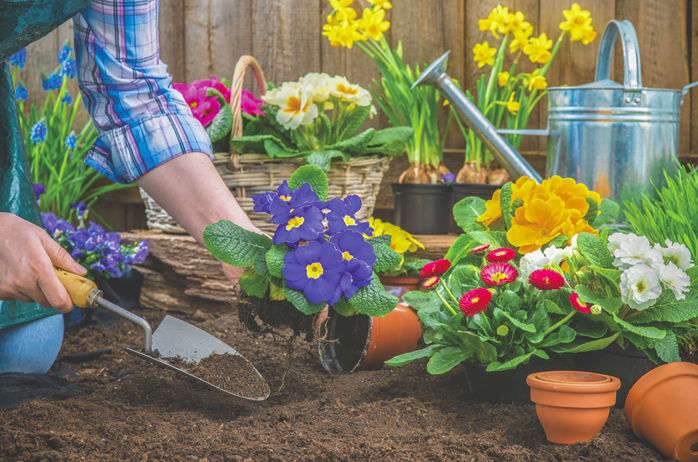People who have not spent much time in a garden may not consider this rewarding hobby much of a threat to their health. But as veteran gardeners can attest, gardening can contribute to nagging aches and pains that can force even the most ardent green-thumbers indoors.
Gardening is a physical activity that, despite its peaceful nature, can be demanding on the body. Thankfully, there are several ways that gardening enthusiasts can prevent the aches and pains that can sometimes pop up after long days in the garden.
· Use ergonomic gardening tools. Ergonomic gardening tools are designed to prevent the types of aches, pains and injuries that can cut gardeners’ seasons short. Gardening injuries can affect any area of the body, but injuries or aches and pains affecting the back, wrists and hands are among the most common physical problems gardeners endure. Look for ergonomic tools that reduce the strain on these areas of the body. Even arthritis sufferers who love to garden may find that ergonomic tools make it possible for them to spend more time in their gardens without increasing their risk for injury.
· Alternate tasks. Repetitive-strain injuries can affect gardeners who spend long periods of time performing the same activity in their gardens. By alternating tasks during gardening sessions, gardeners can reduce their risk of suffering repetitive strain injuries. Alternate tasks not just on muscle groups worked, but also level of difficulty. Remember to include some simple jobs even on busy gardening days so the body gets a break.
· Take frequent breaks. Frequent breaks can help combat the stiffness and muscle aches that may not appear until gardeners finish their gardening sessions. Breaks help to alleviate muscles or joints that can become overtaxed when gardening for long, uninterrupted periods of time. When leaning down or working on your hands and knees, stand up to take breaks every 20 minutes or the moment aches and pains start to make their presence felt.
· Maintain good posture. Back injuries have a tendency to linger, which can keep gardeners indoors and out of their gardens. When gardening, maintain good posture to prevent back injuries. Gardening back braces can protect the back by providing support and making it easier for gardeners to maintain their posture. Tool pouches attached to gardening stools or chairs also can be less taxing on the back than gardening belts tied around the waist.
Gardening might not be a contact sport, but it can cause pain if gardeners do not take steps to prevent the onset of muscle aches and strains when spending time in their gardens.




